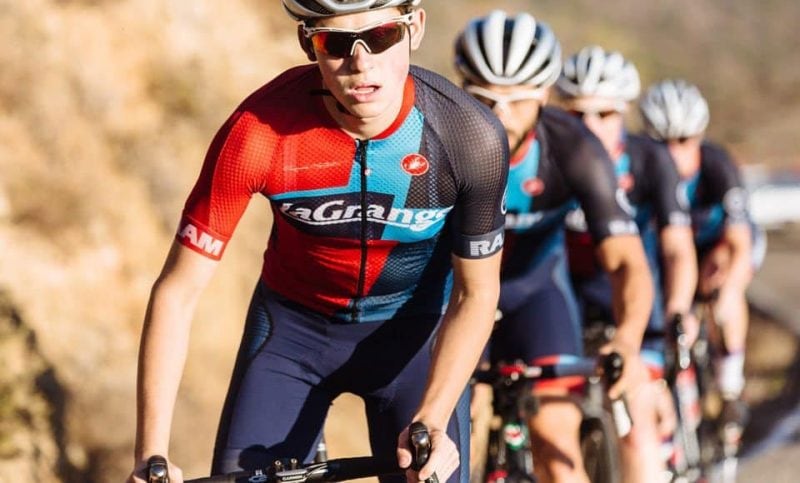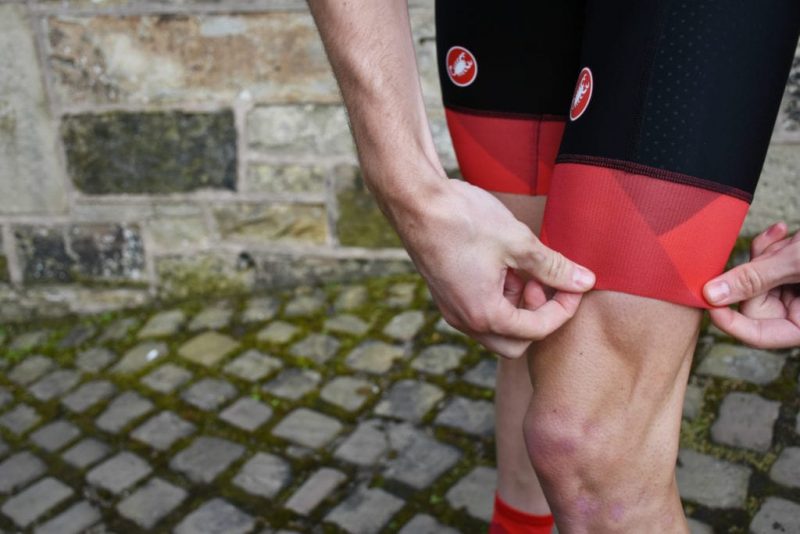Why Pro Cyclists Train at Altitude?
You’re a fan of watching the Grand Tours for the many high-altitude stages and mountain top finishes, but have never ridden at elevation yourself. A cycling trip is in the near future and you’re considering heading to the Alps, Pyrenees or the Dolomites to test yourself on the same terrain as the pros.
It’s going to be tough, but if the pros are training at elevation, you want in. You’ve heard there are many benefits to it, but what are they exactly?
And what can you expect in fitness returns?
Let’s look at a few reasons why pros train at altitude. Some say you can’t win a Tour de France without it.
Why Do Pro Cyclists Train at Altitude?
It’s all about the percentage of oxygen in the air and bloodstream.
The higher in altitude you go, the less oxygen there is. Breathing less oxygen creates a systematic physiological response to create more red blood cells desperately needed to carry sufficient oxygen stores to hungry muscles and internal organs.
Improved Oxygen Delivery to Muscles
As a cyclist, you’ve probably heard of EPO (erythropoietin), but in the negative sense as part of past doping scandals in professional cycling. EPO is a hormone that encourages the creation of red blood cells in our bone marrow that carry oxygen to our bodies to working muscles and other internal organs.
EPO exists naturally in our bodies. It’s produced essentially in the kidneys and in modest quantities by the liver. Because less oxygen is present at altitude, our bodies compensate for the deficiency by creating additional amounts of EPO to serve hypoxic (oxygen starved) muscles. Excess amounts of EPO are simply eliminated in the urine.
Its function alone explains why cyclists and other athletes turn to it in its synthetic form (rh-EPO) to improve athletic performance. The harder you work, the more oxygen your muscles need to keep going.
Muscles that are oxygen deficient produce lactic acid which causes them to fatigue. It’s a build-up of lactic acid that sends the message to our brain that it’s time to stop; an undesirable result during a race.
Enhanced Aerobic Capacity
Living at altitude does more than increasing the body’s red blood cell count to improve oxygen delivery to working muscles. It also enhances your maximal oxygen intake (VO₂ max).
What is VO₂ max exactly?
It’s defined as the quantity of oxygen your body can absorb during intense exercise, and it’s also referred to as maximal oxygen uptake.
As oxygen enters our lungs, it’s turned into energy in the form of adenosine triphosphate (ATP). It’s ATP that fuels our cells and helps our bodies expel carbon dioxide (CO₂) that is a byproduct of respiration. The greater the VO₂, the more oxygen a cyclist can consume during high-intensity exercise and the more ATP is produced.
The greater the amount of ATP, the higher the stores of muscle fuel. This translates into a body better adapted to aerobic endurance activities like climbing a long col at altitude during a Grand Tour.
Geek Tip : A cyclist’s VO₂ max is often used as a predictor of athletic performance and can be used as a marker to track aerobic gains.
Increased Tolerance to Lactic Acid
We touched on the fact that lactic acid is a byproduct of muscles working at an intense level in an oxygen deprived environment. And increased levels of lactic acid in the blood lead to fatigue and muscle weakness, or that little voice inside that tells you to take it easy.
The first stage of lactic acid levels in the blood is known as hyperlactataemia. As the blood lactate volume increases, it’s defined as lactic acidosis (LA). The body can typically compensate with hyperlactataemia, but it’s the increased levels of the LA stage that severely impede intense physical efforts.
Data shows that training at altitude increases muscle tolerance to lactic acid. As a result, cyclists can perform at intense levels for a longer period before feeling the effects of the lactic acid. Heart rate has also shown to decrease, which points to an enhanced aerobic capacity.
What is the Ideal Altitude for Maximum Gains?
High-altitude training is typically characterized by training performed at altitudes of at least 2,100m (6,900 ft) above sea level. Starting at this elevation, barometric pressure decreases as compared to sea-level conditions.
As a result, oxygen molecules in the air are further apart which reduces the quantity inhaled with each breath. This factor increases as altitude rises.
Less oxygen in the air translates into a decreased level of it in the bloodstream of persons not accustomed to living in a high-altitude environment. This explains why people arriving from sea level to altitude feel poorly and fatigue quickly, especially with intense physical aerobic efforts, for a minimum of one week.
Theory suggests that living at elevation for at least seven days forces the body to adapt to an oxygen-poor environment by building up the red blood cell count. Once back at sea level, the athlete should see an increase in performance thanks to a flood of oxygen into the bloodstream carried by an abundance of red blood cells.
This chart shows just how much oxygen decreases with altitude.
Author Recommended Reads




